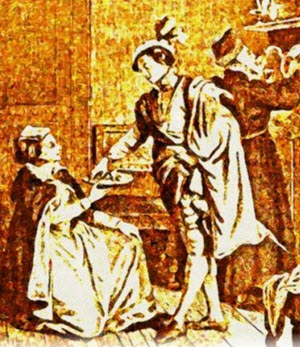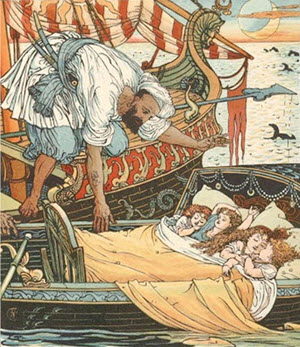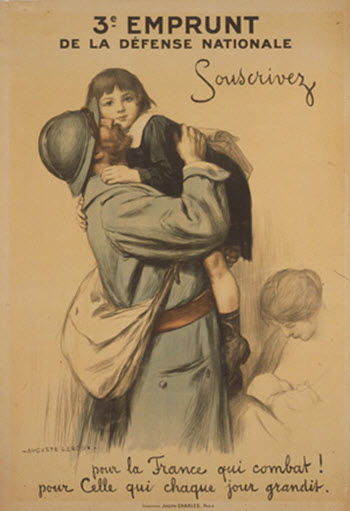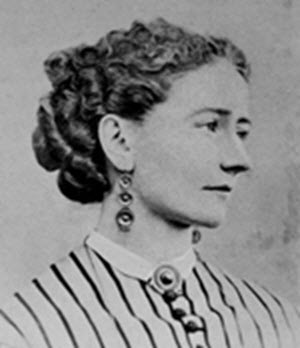Legands of the Jews > Volume 4 >
THE FEAST FOR THE GRANDEES
The Book of Esther is the last of the Scriptural writings. The subsequent history of Israel and all his suffering we know only through oral tradition. For this reason the heroine of the last canonical book was named Esther, that is, Venus, the morning-star, which sheds its light after all the other stars have ceased to shine, and while the sun still delays to rise. Thus the deeds of Queen Esther cast a ray of light forward into Israel's history at its darkest. (1)
The Jews at the time of Ahaseurus were like the dove about to enter her nest wherein a snake lies coiled. Yet she cannot withdraw, because a falcon bides without to swoop down upon her. In Shushan the Jews were in the clutches of Haman, and in other lands they were at the mercy of many murderous enemies to their race, ready to do the bidding of Haman to destroy and to slay them, and cause them to perish. (2)
But the rescue of the Jews from the hand of their adversaries is only a part of this wonderful chapter in the history of Israel. No less important is the exalted station to which they rose in the realm of Ahasuerus after the fall of Haman, especially the power and dignity to which Esther herself attained. On this account the magnificent feast prepared by Ahasuerus for his subjects belongs to the history of Esther.
The splendor of his feast is the gauge whereby to measure the wealth and power she later enjoyed. (3)
Ahasuerus was not the king of Persia by right of birth. He owed his position to his vast wealth, with which he purchased dominion over the whole world. (4)
He had various reasons for giving a gorgeous feast. The third year of his reign was the seventieth since the beginning of Nebuchadnezzar's rule, and Ahasuerus thought it quite certain that the time had passed for the fulfilment of the prophecy of Jeremiah foretelling the return of Israel to the Holy Land. The Temple was still in ruins, and Ahasuerus was convinced that the Jewish kingdom would never again be restored. Needless to say, it was not Jeremiah who erred. Not with the accession of King Nebuchadnezzar had the prophet's term of years begun, but with the destruction of Jerusalem. Reckoned in this way, the seventy years of desolation were at an end exactly at the time when Darius, the son of Ahasuerus, permitted the rebuilding of the Temple. (5)
Beside this mistaken cause for a celebration, there were reasons personal to Ahasuerus why he desired to give expression to joy. A short time before, he had crushed a rebellion against himself, and this victory he wanted to celebrate with pomp and ceremony. (6) The first part of the celebration was given over to the hundred and twenty-seven rulers of the hundred and twenty-seven provinces of his empire. His purpose was to win the devotion of those of them with whom otherwise he did not come in direct contact. But can it be said with certainty that this was a good policy? If he had not first made sure of the loyalty of his capital, was it not dangerous to have these rulers near him in case of an insurrection?
For six whole months he celebrated the feast for the grandees the nobles and the high officials, the latter of whom, according to the constitution, were all required to be Medians under the Persian king Ahasuerus, as they would have had to be Persians under a Median king. (7)
This was the program of the feast: In the first month Ahasuerus showed his treasures to his guests; in the second, the delegates of the king's royal vassals saw them; in the third the presents were exposed to view; in the fourth the guests were invited to admire his literary possessions, among them the sacred scroll; in the fifth his pearl and diamond-studded ornaments of gold were put on exhibition; and in the sixth he displayed the treasures which had been given him as tribute. (8) All this vast wealth, however, appertained to the crown, it was not his personal property. When Nebuchadnezzar felt his end draw nigh, he resolved to sink his immense treasures in the Euphrates rather than let them ascend to his son Evil-merodach, so great was his miserliness. But, again, when Cyrus gave the Jews permission to build the Temple, his divinely appointed reward was that he discovered the spot in the river at which the treasures were sunk, and he was permitted to take possession of them. These were the treasures of which Ahasuerus availed himself to glorify his feast. So prodigious were they that during the six months of the feast he unlocked six treasure-chambers daily to display their contents to his guests. (9)
When Ahasuerus boasted of his wealth, which he had no right to do, as his treasures had come from the Temple, God said: "Verily, has the creature of flesh and blood any possessions of his own? I alone possess treasures, for 'the silver is mind, and the gold is mine.'" (10)
Among the treasures displayed were the Temple vessels, which Ahasuerus had desecrated in his drinking bouts. When the noble Jews who had been invited to the capital saw these, they began to weep, and they refused to take further part in the festivities. Thereupon the king commanded that a separate place be assigned to the Jews, so that their eyes might be spared the painful sight.
This was not the only incident that aroused poignant memories in them, for Ahasuerus arrayed himself in the robes of state once belonging to the high priests at Jerusalem, and this, too, made the Jews smart uncomfortably. (12) The Persian king had wanted to mount the throne of Solomon besides, but herein he was thwarted, because its ingenious construction was an enigma to him. Egyptian artificers tried to fashion a throne after the model of Solomon's, but in vain. After two years' work they managed to produce a weak imitation of it, and upon this Ahasuerus sat during his splendid feast. (13)





